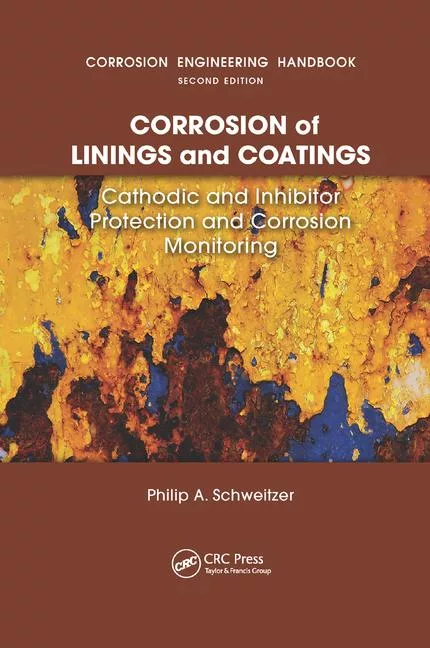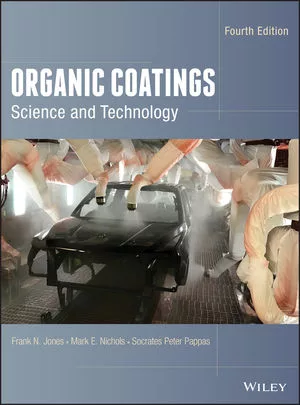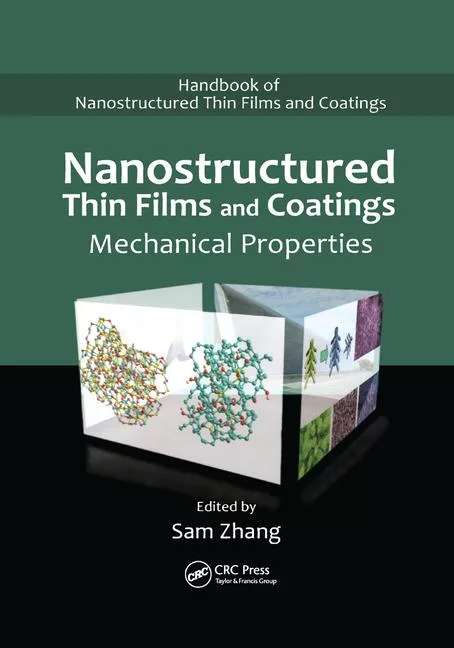Coatings Trends for Plastic Parts
New coatings technologies are enabling optimized quality and efficiency for multiple plastics applications.
For plastic parts, coatings and paints are more than just a protective skin; they provide the product with optical and haptic characteristics that decisively influence customers’ perceptions—and buying decisions. Because applying coatings is also one of the most energy-intensive processes in the manufacturing sequence, costs must be controlled. As a result, the coatings application industry is working on solutions that promote efficient use of resources while simultaneously optimizing quality.
Coating plastic parts—whether for automobiles, household appliances, consumer electronics, cosmetics or toys—is becoming more and more common. Optimization of the qualitative characteristics is one of the challenges in this respect. On the one hand, this involves improving functional characteristics such as durability and resistance to physical, chemical and mechanical influences. On the other hand, emphasis is also placed on improved optics and haptics that serve the purpose of, among other things, individualization.
Rising cost pressures due to global competition and demand for environmentally sound production are making it necessary to lay out the coating process in a more efficient, resource-conserving manner. As a result of decreasing lot quantities and an increasing variety of colors, enhanced flexibility is a further issue that concerns job-shop coaters and companies with in-house coating and painting operations.
Resource-Conserving Pretreatment
Surface cleanliness has a decisive influence on coating results. In order to conduct cleaning as efficiently as possible, more companies are making use of alternatives to conventional power washing systems. Among others, these include carbon dioxide (CO2) snow blasting and plasma technology. Particulates and film-like contamination can be removed with the help of CO2 snow. Plasma cleaning, using low-pressure plasmas and plasmas at atmospheric pressure, is suitable for removing thin layers of organic contamination. Both processes allow for dry cleaning and can be integrated into the coating process in a space-saving fashion.
Pretreatment, such as via a flaming process, is necessary in order to avoid adhesion problems due to excessively low surface tension, as is in the case of non-polar plastics. This involves briefly exposing the plastic surface to a gas flame with excess oxygen. As a result, molecular bonds in the surface of the substrate are broken down and free active ions in the flame are integrated. Consequently, polar groups occur within the originally non-polar material that allow for good coating adhesion.
Corona treatment can be used as an alternative. It is conducted with an alternating voltage electrode whereby atmospheric oxygen is ionized with the help of corona discharge, resulting in oxidation of the plastic surface.
Simpler Processes
Reducing the number of steps required in the coating process makes a significant contribution to increased efficiency. In addition to reduced energy consumption, this also results in less material usage, lower emissions and a smaller footprint for the coating system. Consequently, the trend is moving toward coating processes that provide the desired results with just a single coat.
Coatings systems for lean processes of this sort are available with both solvent- and water-based coatings. The use of these systems necessitates corresponding preparation during production of the respective parts—for example, assurance of flawless, glossy surfaces. If this challenge is met successfully, it is sometimes even possible to omit pretreatment.
Solutions for All Applications
Solvent-based coatings are still widely used for plastics. Very-high- and ultra-high-solids coatings are available in order to further reduce the emissions that result from these coatings. They’re distinguished by a very high solid content, which reduces solvent emissions considerably. Their use frequently necessitates only minimal adjustments to existing coating systems.
In the case of water-based coating systems, new developments are also available that contribute to optimized quality and greater efficiency. UV technology allows for cost-effective low-solvent or even solvent-free coatings, which also offer advantages such as considerably reduced process times and smaller coating systems, as well as quality aspects such as high degrees of gloss and highly resistant, scratchproof surfaces. This technology is penetrating an increasing number of applications, due to new developments in the areas of both coatings and coating systems.
UV curing is thus making it possible to coat more and more complex workpieces in an inert gas atmosphere. The oxygen-reduced atmosphere that results from the use of, for example, CO2 or nitrogen, prevents the radicals that are required for the polymerization process from reacting with oxygen in the atmosphere, thus ruling out the possibility of so-called oxygen inhibition. Curing can therefore take place at larger intervals, and areas that are subjected to significantly less UV radiation are better cured as well.
In addition to gas discharge tubes, LED radiators are also used for curing UV coatings. Among others, the advantages of this curing technology include reduced temperature stressing of the substrate and the system due to the use of cold light, immediate readiness for operation without any standby mode, and LEDs that don’t contain any mercury or generate any ozone. On the other hand, UV LED curing systems generate exclusively monochromatic light, which means that only a small wave window is available. Other coating formulations become necessary as a result.
So-called combination surfaces and plastic parts with chrome effects are also in vogue, most commonly for household appliances, mobile phones, and cosmetics packaging. Plastic parts are chrome plated by means of either conventional electroplating or PVD coating. Conventional pigmented systems and UV-curing coatings and paints are available for protecting the metal layer after the coating process, and for providing it with an individualized appearance.
Regardless of what coating application technology is used, the high-quality, efficient coating of plastics always necessitates a system that is ideally matched to the substrate, the utilized system technology, and the requirements specified for the finished product. This frequently results in coatings that are specially optimized for the respective application, or newly developed.
Overspray Removal
In addition to dryers, air conditioning and overspray removal are among the hungriest energy consumers in the coating process. One approach to generating savings is based on the optimized removal of overspray, which occurs during the coating process, because conventional wet scrubbing consumes enormous amounts of energy and water.
This problem can be solved by a new mechanical overspray removal system that functions without any water, chemicals or additives at all. The modular system can be operated in the recirculating air mode, the supply air mode or the exhaust air mode, and is suitable for coating systems of nearly any size. Retrofitting existing coatings systems that have used other removal systems in the past is trouble-free.
Curtain Coating System
An innovative curtain coating system is opening up new perspectives in the area of reaction injection molding (RIM) for high-quality parts made of plastic, wood, and metal that are produced in large quantities. This modular coating system is based on two-component, solvent-free, aliphatic polyurethanes that are processed in high-pressure systems. Coating to a thickness of 0.1-2 mm is accomplished in a single process step. The part to be coated is inserted into an oversized mold, and the remaining space is filled with the coating.
Depending on part geometry and material type, coating and crosslinking take 2-3 min. The part can then be removed from the mold, and further processing is possible after roughly 24 hours, although no grinding is necessary. In contrast to multi-coat processes, this system offers time savings and improved efficiency due to minimal material loss. The surface also fulfils the requirements of the automotive industry and is distinguished by good resistance to heat and UV radiation.
Surfaces with better scratch resistance and a self-healing effect can also be produced in this way. If the surface is scratched, the coating system’s self-healing function becomes active at room temperature, or it can be triggered by applying a minimal amount of heat.
For more information, contact the author at doris.schulz@pressetextschulz.de or visit www.paintexpo.com.
PaintExpo
PaintExpo covers the entire process sequence in the field of coating and painting technology, and offers a comprehensive overview of the latest developments in the areas of liquid painting, powder coatings and coil coating—from pretreatment to quality control. Comprehensive, representative offerings will allow visitors to gather targeted and detailed information, and to make direct comparisons of various systems and processes at a single location.
PaintExpo will take place April 19-22, 2016, at the exhibition center in Karlsruhe, Germany. Prior to this event, FairFair GmbH will promote the 3rd PaintExpo Eurasia in Istanbul, Turkey, October 15-17, 2015, in cooperation with Artkim Fuarcilik, Turkish specialist for paint and chemical trade fairs.
Looking for a reprint of this article?
From high-res PDFs to custom plaques, order your copy today!





